Growing Awareness of Indoor Air Quality
The increasing focus on indoor air quality is becoming a significant driver for the Residential Ductless Split Ac Market. Consumers are becoming more conscious of the health implications associated with poor air quality, leading to a heightened demand for air conditioning systems that incorporate advanced filtration technologies. Ductless split systems often feature multi-stage filtration processes that can effectively remove allergens, dust, and pollutants from indoor air. This growing awareness is prompting manufacturers to innovate and enhance their product offerings, ensuring that they meet the evolving needs of health-conscious consumers. As a result, the market is likely to see a rise in demand for systems that prioritize air quality alongside cooling efficiency.
Technological Advancements in HVAC Systems
Technological innovations are playing a pivotal role in shaping the Residential Ductless Split Ac Market. The integration of smart technology, such as Wi-Fi connectivity and mobile app controls, allows users to manage their cooling systems remotely. This not only enhances user convenience but also optimizes energy consumption. Furthermore, advancements in inverter technology have led to more efficient operation, reducing energy usage during partial load conditions. The market is witnessing a surge in demand for systems that offer features like variable speed compressors and advanced filtration systems, which improve indoor air quality. These technological enhancements are likely to attract a broader consumer base, thereby propelling market growth.
Rising Demand for Energy-Efficient Solutions
The increasing awareness regarding energy conservation and environmental sustainability is driving the Residential Ductless Split Ac Market. Consumers are increasingly seeking energy-efficient cooling solutions that not only reduce electricity bills but also minimize carbon footprints. According to recent data, ductless split systems can achieve energy efficiency ratings of up to 30 SEER, significantly higher than traditional systems. This trend is further supported by government incentives and rebates aimed at promoting energy-efficient appliances. As a result, manufacturers are focusing on developing advanced technologies that enhance the energy efficiency of their products, thereby catering to the growing consumer demand for sustainable options.
Increased Urbanization and Housing Developments
Urbanization trends are significantly influencing the Residential Ductless Split Ac Market. As more individuals migrate to urban areas, the demand for efficient and space-saving cooling solutions rises. Ductless split systems are particularly appealing for urban housing developments, where space constraints often limit the installation of traditional HVAC systems. The compact design and flexibility of ductless systems make them ideal for apartments and smaller homes. Recent statistics indicate that urban areas are experiencing a surge in new housing projects, which is expected to further drive the adoption of ductless split AC units. This trend underscores the importance of adapting to changing living environments and consumer preferences.
Regulatory Support and Incentives for Energy-Efficient Products
Government regulations and incentives aimed at promoting energy-efficient products are significantly impacting the Residential Ductless Split Ac Market. Many regions are implementing stricter energy efficiency standards for HVAC systems, encouraging consumers to opt for ductless split AC units that comply with these regulations. Additionally, various government programs offer financial incentives, such as tax credits and rebates, to consumers who purchase energy-efficient appliances. This regulatory support not only boosts consumer confidence but also encourages manufacturers to invest in research and development of innovative, energy-efficient technologies. Consequently, the market is poised for growth as consumers increasingly seek compliant and incentivized cooling solutions.


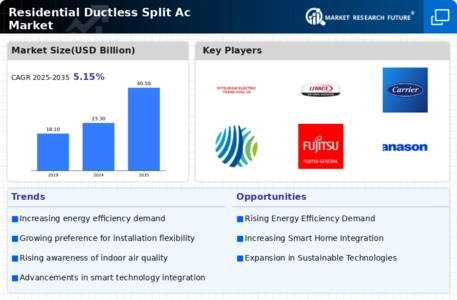
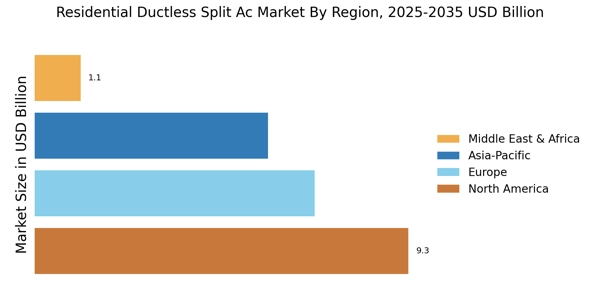
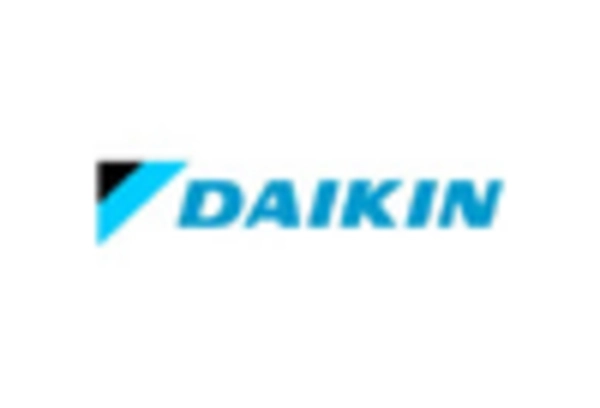
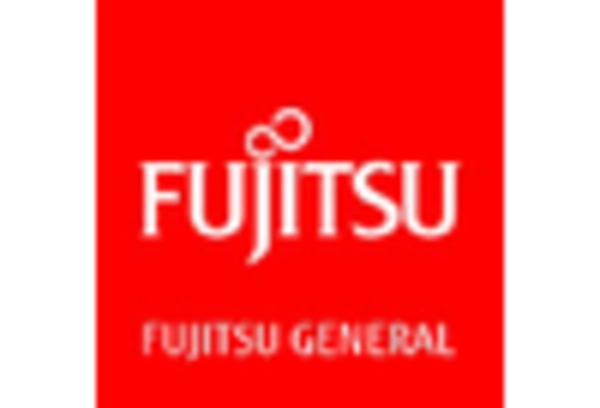


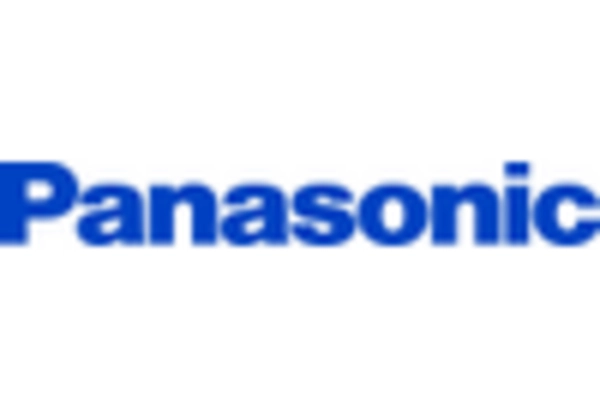









Leave a Comment